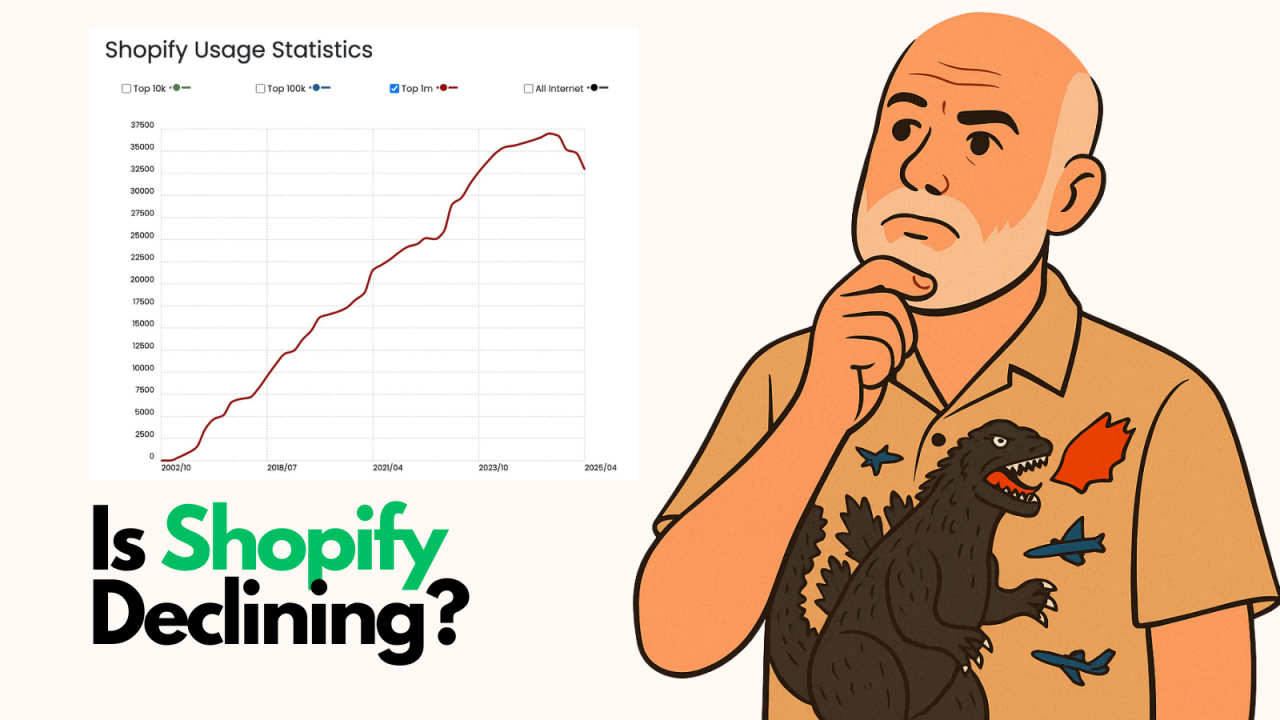
In today's digital age, having a website is essential for any business looking to thrive. However, simply having a website is not enough. Your website's load speed can make or break your online presence. Optimizing your website's load speed is a critical factor in improving your Google page rank and driving more traffic to your site. Yet, it is often overlooked by many businesses. The truth is, users expect fast loading times, and Google rewards websites that can deliver a speedy browsing experience. In this article, we'll explore the importance of optimizing your website's load speed and provide practical tips to help you improve your website's performance. So, whether you're a business owner, marketer, or web developer, read on to learn how you can boost your website's speed and take your online presence to the next level.
Website load speed refers to how fast your website's content loads on a user's device. It includes the time it takes for your website's server to receive and respond to a user's request, the time it takes to download the website's content, and the time it takes to render the content on the user's device. Load speed is affected by various factors, such as the website's design, the server's location, and the user's internet connection.
Load speed is crucial for both user experience and SEO. Users expect a fast browsing experience, and a slow-loading website can lead to frustration and a high bounce rate. A high bounce rate can negatively impact your website's SEO, as it signals to Google that users are not finding your website relevant or useful.
Google has also confirmed that load speed is a ranking factor in its algorithm. Websites that load faster are more likely to rank higher in search results than slower websites. This is because Google's priority is to provide its users with the best possible search experience, and fast-loading websites are a key part of that experience.
Website load speed encompasses the quickness with which your website's content materializes on a user's device. This multifaceted metric encapsulates the duration spanning your website's server receiving and reciprocating a user's request, the interval required to download the entirety of the website's content, and the subsequent timeframe to seamlessly render said content upon the user's device. Multiple variables can influence load speed, including the intricacies of the website's design, the geographical locus of the hosting server, and the potency of the user's internet connection.
The importance of load speed resonates across user experience and search engine optimization (SEO). Within the realm of user expectations, a rapid and fluid browsing experience has solidified itself as a baseline requirement. In stark contrast, a sluggish website can cause frustration, an unfavorable outcome that often precipitates a swift departure from the platform—a phenomenon colloquially known as the "bounce rate." High bounce rate poses a dual problem by not only impairing user engagement but also casting a shadow over your website's SEO. The signal it sends to search engines like Google is unequivocal—it suggests that users are not finding the content relevant or useful.
Google, the referee of search results, has definitively underscored its role within its ranking algorithm. Websites that boast a good loading cadence ascend higher within the search results. This is because Google's priority is to provide its users with the best possible search experience, and fast-loading websites are a key part of that experience.
To boost your website's load speed, begin by measuring its current performance. An array of tools are at your disposal for this purpose. Among the most widely recognized options is Google's PageSpeed Insights, which not only evaluates your website's speed but also offers recommendations for enhancements.
Alternate tools like GTmetrix, Pingdom, and WebPageTest also provide comprehensive reports on your website's performance metrics—ranging from load time and page dimensions to the count of requests initiated. Numerous factors can slow down your website's load speed among them are oversized images, which, if not optimized, can significantly impede loading times. Other culprits include excessive HTTP requests, unoptimized code, and tardy server responses.
Various strategies exist to optimize load speed effectively. A popular technique involves image compression. Utilizing tools such as TinyPNG or JPEGmini facilitates image size reduction without compromising visual quality. Similarly, code minification emerges as a good approach, entailing the removal of superfluous characters from HTML, CSS, and JavaScript files. This pruning substantially diminishes file sizes, thereby enhancing load speed.
Browser caching represents another useful method. By storing frequently accessed files on a user's device, the need for repeated downloads upon subsequent visits is obviated, resulting in a significant reduction in load times and an improved user experience.
Further augmenting your arsenal are specialized tools to amplify load speed. The likes of Cloudflare, a content delivery network, cache and distribute content from proximate servers, bolstering load times. Similarly, WP Rocket, a WordPress plugin, comprehensively optimizes load speed via content caching, code minification, and image optimization functionalities. Adopting these tools equips you with a robust toolkit to usher your website into optimal load speed and thereby elevate user satisfaction.
The significance of mobile optimization extends far beyond convenience—it is pivotal to the very fabric of website load speed. With a burgeoning population of mobile users, the demand for swift loading times has transformed into an expectation. This trend has been endorsed by none other than Google itself, which unequivocally affirms that mobile load speed stands as a pivotal determinant within its ranking algorithm. Therefore, the optimization journey must pivot toward catering to the mobile audience with paramount dedication.
Mobile optimization lies in ensuring that your website's responsive design harmonizes seamlessly with the diverse array of mobile devices. Beyond this foundational aspect, meticulous attention should be directed towards optimizing images and videos. These multimedia elements, when tailored for mobile screens, not only enhance load speed but also ensure a visually compelling experience for users on the go.
Google Mobile-Friendly Test serves as a compass, gauging the mobile-friendliness of your website while delineating areas ripe for enhancement. By engaging such tools and embracing a mobile-centric approach, your website stands poised to not only meet the expectations of mobile users but also earn the favor of search engines, ushering you into enhanced visibility and engagement.
Optimizing your website's load speed is a critical factor in improving your Google page rank and driving more traffic to your site. Users expect fast loading times, and Google rewards websites that can deliver a speedy browsing experience. By measuring your website's load speed, identifying common causes of slow load speed, and implementing techniques to optimize your website's performance, you can boost your website's speed and take your online presence to the next level. Remember, website load speed is not an optional feature, but a critical factor for SEO success.

Following up on my earlier post about BigCommerce's rebrand announcement, I got my hands on theCleveland...

By Brent W Peterson AI vs Shopify: Is Platform Dominance Ending in 2025?

The B2B OG Reality Check In 1995, I built my first B2B website for my then computer assembly company. It...